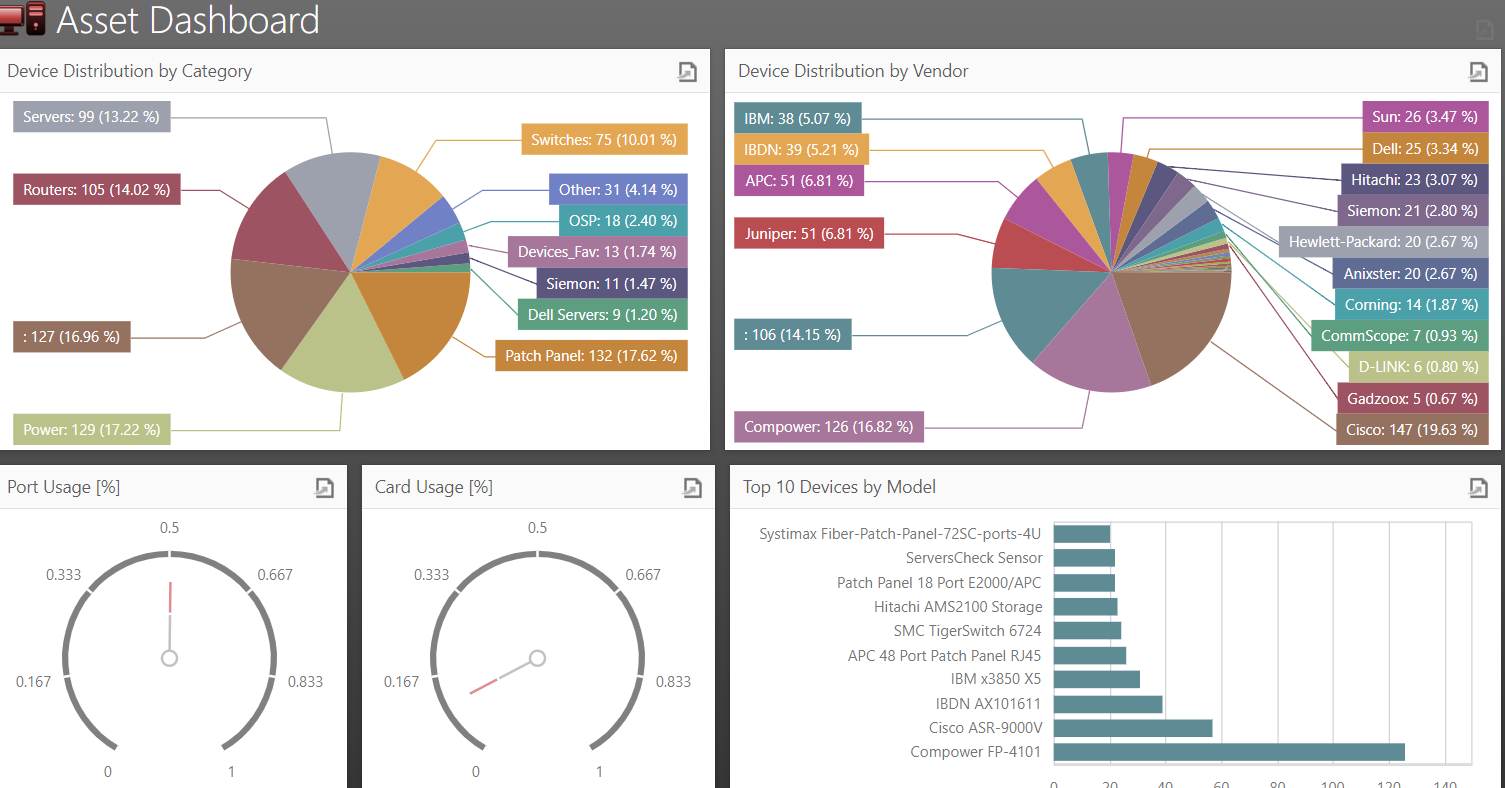
Logical network diagrams come in all different shapes and sizes: the most basic logical diagrams may be as simple as post-it notes on your desk, they could be Visio diagrams, or they could be up-to-date and pixel-perfect diagrams that depict your network in real-time (like the ones netTerrain automatically makes of your network).
What’s the point in logical diagrams? Why do companies invest in network documentation/visualization software?
Below, we’ll look at use four cases for how logical network diagrams pay off:
1. Manage Your Inventory & Assets
Network assets and inventory growing out of control is an incredibly common problem facing most networks. How can you lasso in your expenditures when you don’t know what you’ve got in the first place?
We have a saying here at Graphical Networks: “you can’t manage what you don’t know.” Logical network diagrams help you manage your inventory and assets. How? By either manually putting the IT equipment in the diagrams or through SNMP network discovery, like what netTerrain offers, you will get a list of all of your discovery assets (or manually drawn) and with dashboard asset reports, you can easily get a list of your inventory which you can present to management.
You can even take it a step further and manage your equipment maintenance and warranty expiration dates and add other data fields to any asset, such as cost.
 Software Like netTerrain Makes it Easy to Manage Your Assets
Software Like netTerrain Makes it Easy to Manage Your Assets
2. Gain Compliance & Keep Things Secure
Need to pass your IT network audit to meet your organization’s compliance regulations, like HIPAA and PCI? One of the items needed in many of these regulations is up-to-date network diagrams. Network diagrams give an overview network map of what you have: having an overview and a visual understanding of what’s in your network, and where, is important in keeping things compliant and secure.
Ensure the flow of data in your infrastructure is meeting your security standards. You can use logical diagrams to see which IT assets are supposed to be in the network, but more importantly, which are not supposed to be.
3. Network Maintenance
As you know all too well, your network’s performance is crucial to the organization it supports…and changes can cause headaches.
Logical network diagrams give you a needed visual overview of your infrastructure, show you which devices are down (and up), allow you to run inventory on your devices, and more. When you can do all of this, you gain an understanding of how changes to the network will impact performance.
4. Troubleshooting
Network problems happen all the time: ever feel like you’re looking for a needle in a haystack? Network views give you the tools you need to solve them fast. Logical network diagrams help you see how devices are connected to other devices, and shows how other devices plus how applications are running as well as how an outage may impact your organization. With tools like netTerrain Logical, with its searching capabilities, easily search for a device, IP Address, MAC Address, to locate the problem and the downed device quickly, see what else is impacted, so you can drastically decrease your troubleshooting time.
 Troubleshooting is Easier with Software Like netTerrain
Troubleshooting is Easier with Software Like netTerrain
Sick of dealing with Visio and spreadsheets…or just not having any documentation at all? If you’d like to learn more about how netTerrain Logical can help you solve your IT headaches, click here to get started.